How Would Trump’s Second Term Affect Asia?

Donald Trump has been confirmed as the next U.S. president, defeating Kamala Harris in a historic election

Donald Trump has been confirmed as the next U.S. president, defeating Kamala Harris in a historic election
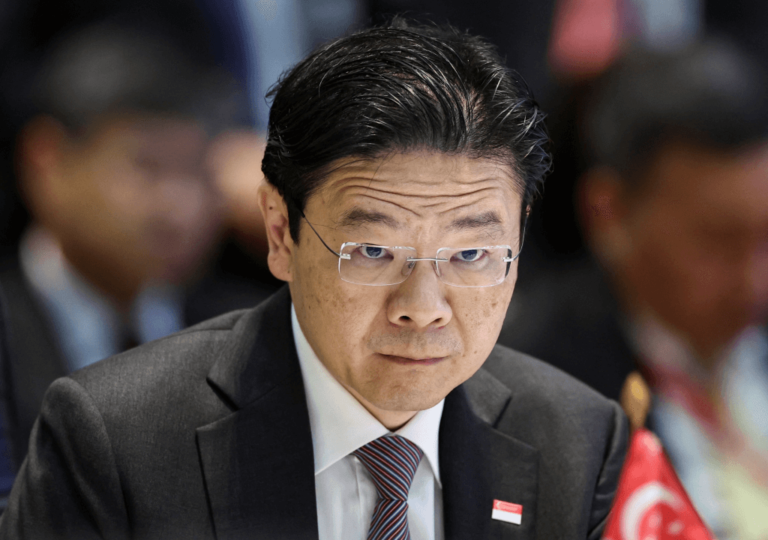
Singapore's PAP faces challenges as opposition gains ground; new PM Lawrence Wong pushes for reforms ahead of the 2025 election
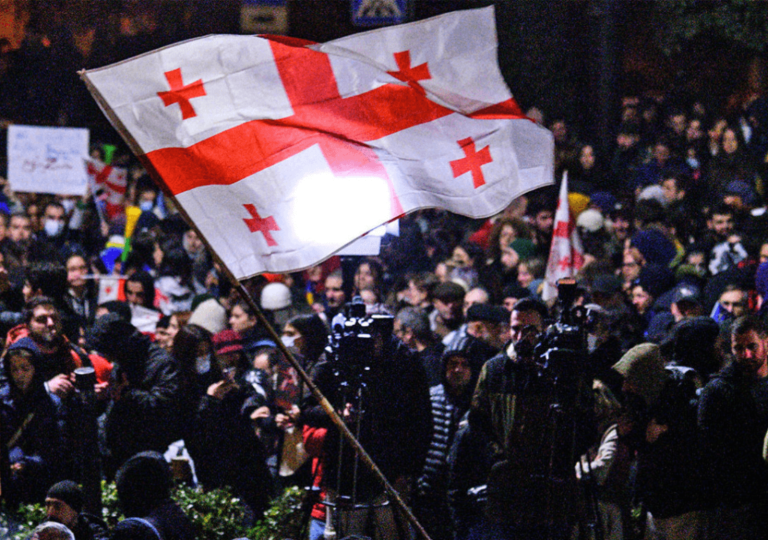
Georgia's parliamentary elections on October 26 saw Georgian Dream secure a landslide victory, despite accusations of electoral fraud from the opposition
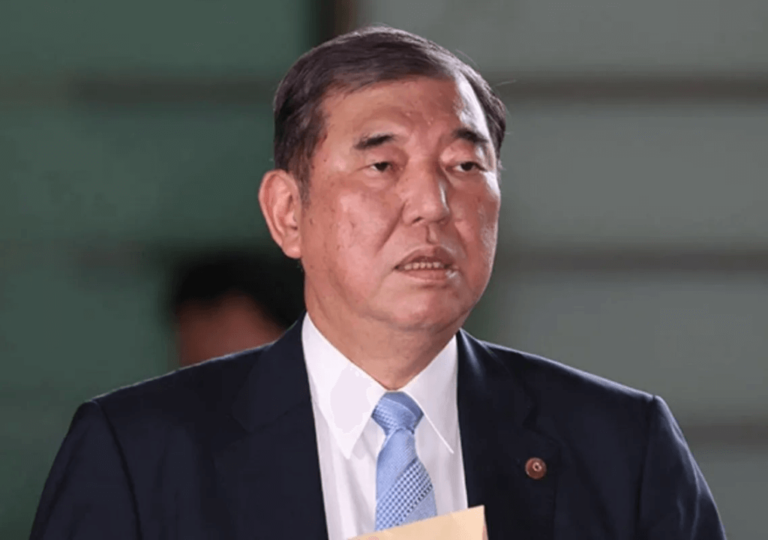
Japan's Prime Minister Shigeru Ishiba faces political instability after his party's significant election loss, losing its parliamentary majority for the first time since 2009
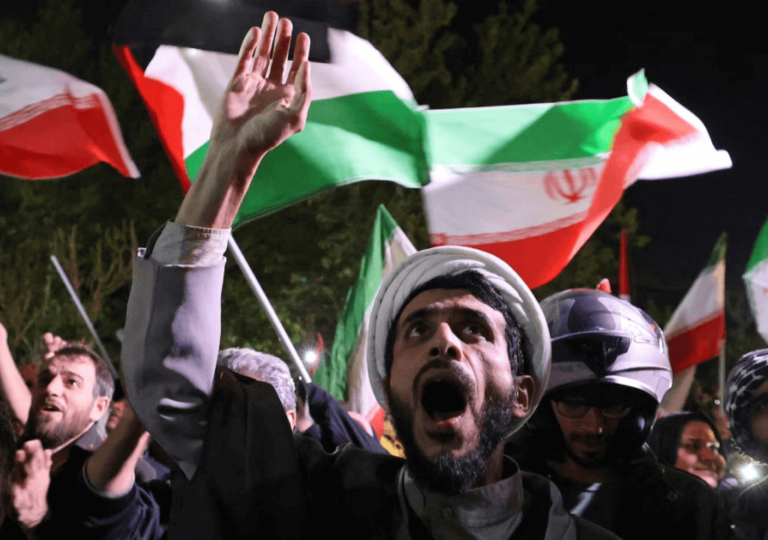
Israel and Iran's conflict escalates, with direct strikes exchanged, raising fears of broader regional war
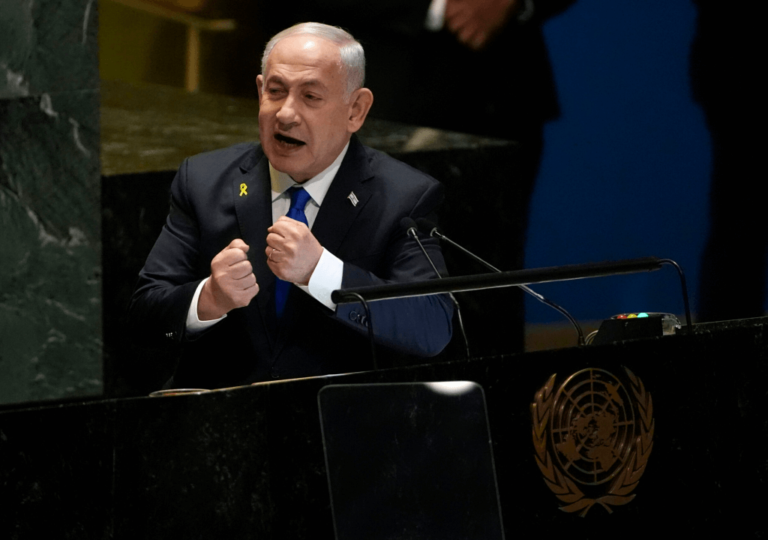
The United Nations struggles to maintain authority amid escalating global tensions, particularly in the Israel-Palestine conflict
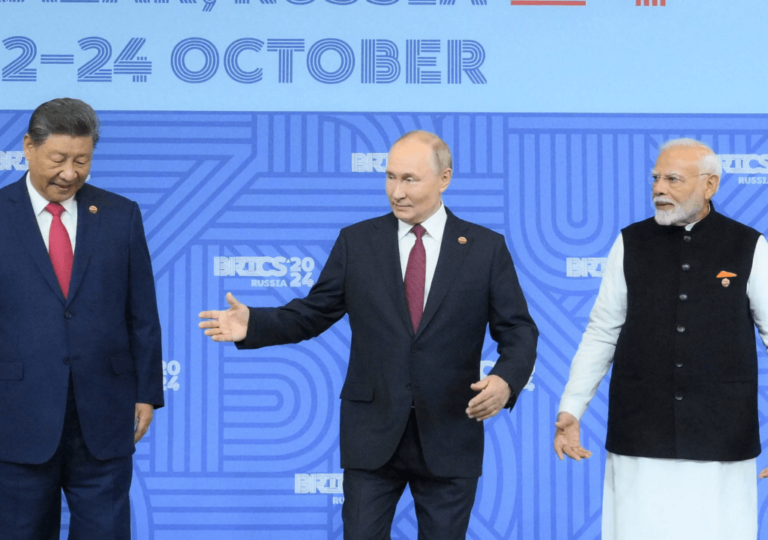
The 16th BRICS summit in Kazan highlights the bloc's growing geopolitical significance and its challenge to U.S. dominance
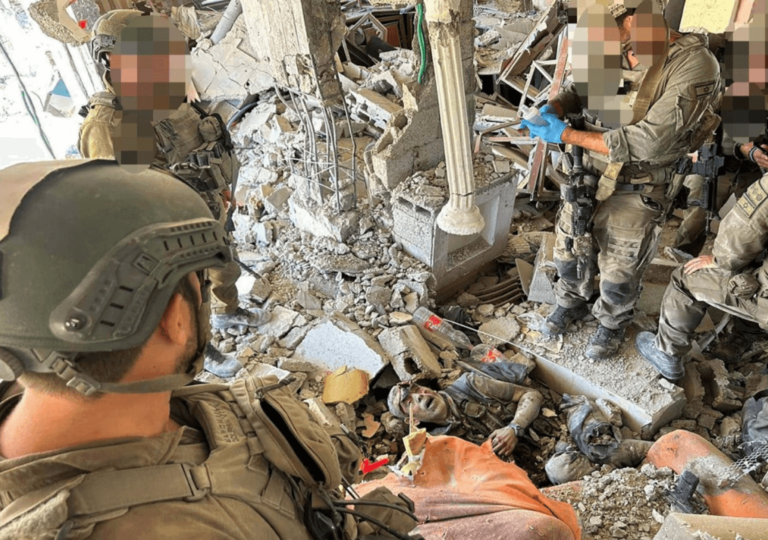
Israel has killed Yahya Sinwar, the mastermind behind the October 7th attack, escalating its war against Hamas and Hezbollah
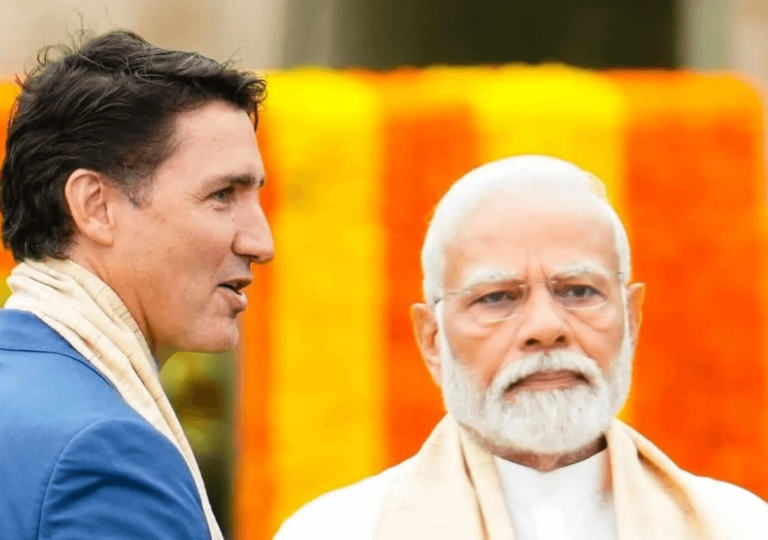
India and Canada face escalating tensions over the killing of Sikh separatist Hardeep Singh Nijjar, leading to mutual diplomat expulsions

Pakistan faces an existential crisis as public dissent rises against a ruling elite amid economic collapse and political turmoil